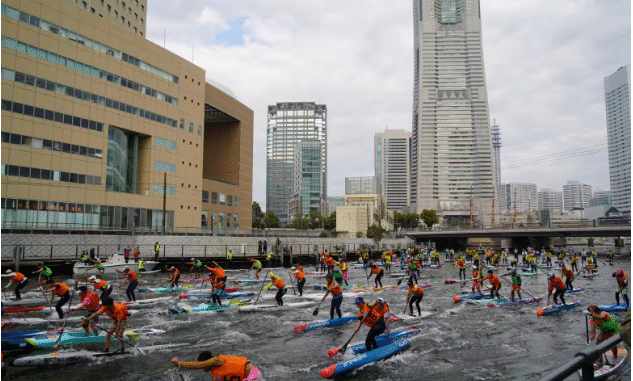
Once overlooked as mere transport routes or scenic backdrops, the rivers winding through towns and cities across the UK are now at the heart of a growing recreational movement. Thanks to the rising popularity of stand-up paddleboarding (SUP), these urban waterways are being transformed into vibrant, accessible spaces for fitness, exploration, and community connection.
SUP, which involves balancing on a wide board while propelling oneself with a single paddle, has become an increasingly common sight on calm inland rivers. Unlike coastal surfing or sea kayaking, paddleboarding on rivers offers a gentler, more manageable introduction to water sports, making it particularly attractive to beginners and casual participants.
This trend has been fueled by a combination of factors, including the accessibility of equipment rentals, the development of beginner-friendly classes, and proactive support from local councils and environmental organizations. Municipalities have begun investing in improved access points, signage, and safety measures, recognizing SUP as not only a recreational activity but also a catalyst for encouraging outdoor health and tourism.
The sport’s rise also aligns with broader public interest in wellness and sustainable travel. Paddleboarding provides a full-body workout while offering a peaceful way to explore nature and local neighborhoods—often from an entirely new perspective.
As more communities embrace this trend, the UK’s rivers are no longer just flowing through towns; they are flowing with energy, laughter, and the sound of paddles cutting gently through the water. Stand-up paddleboarding isn’t just adding a new activity to Britain’s recreational roster—it’s helping reimagine the relationship between people and their urban waterways.
Leave a Reply